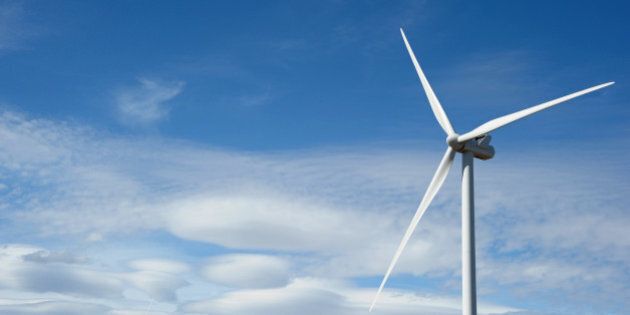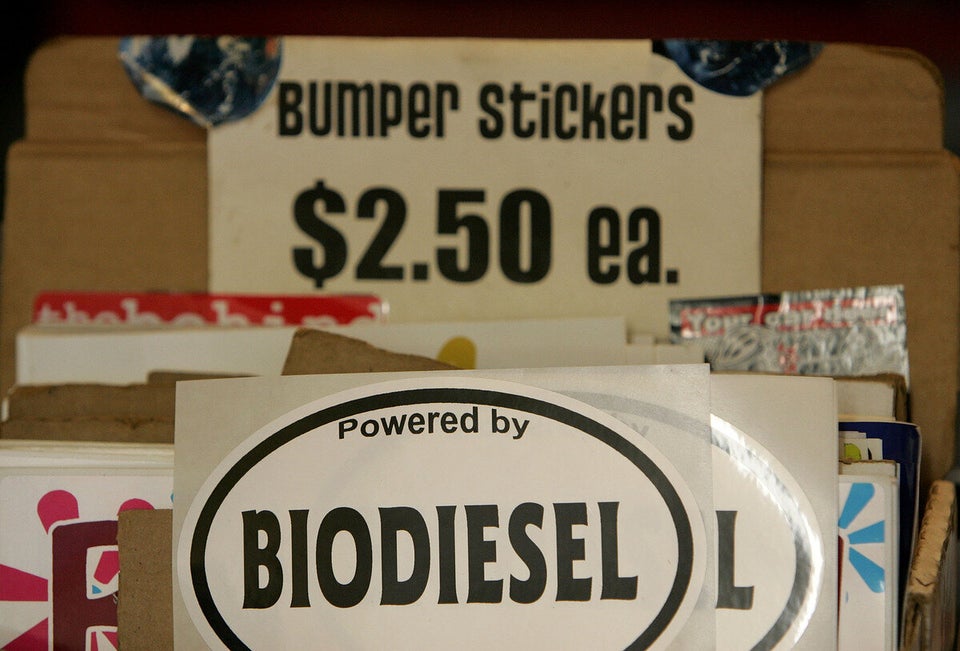
Some people think a widespread shift from fossil fuels to cleaner energy sources is not practical or even possible. You've probably heard the arguments: wind doesn't always blow, sun doesn't always shine, the technology's not advanced enough, installations take up too much space, we need sources of baseload power that can only come from fossil fuels or nuclear power. And so we carry on, rushing to squeeze every last drop of oil and gas from the ground using increasingly difficult and destructive methods like fracking, deep-sea drilling and oil sands extraction, with seemingly little concern for what we'll do after we've burned it all.
A lot of research is challenging those skeptical assumptions, including some by the David Suzuki Foundation, working with the Trottier Energy Futures Project. "Canada has vast renewable energy resources in the form of hydropower, solar, wind energy, and biomass, as well as geothermal, wave, and tidal resources that are many times larger than current or projected levels of total fuel and electricity consumption," the recent Trottier report, "An Inventory of Low-Carbon Energy for Canada," concludes.
Those findings are confirmed by research and experience elsewhere in the world. A study by engineers at Stanford University reports, "it is technically and economically feasible to convert New York's all-purpose energy infrastructure to one powered by wind, water and sunlight," and doing so "shows the way to a sustainable, inexpensive and reliable energy supply that creates local jobs and saves the state billions of dollars in pollution-related costs."
An article in the New York Times points to research by the Paris-based International Energy Agency, showing, "Thirteen countries got more than 30 per cent of their electricity from renewable energy in 2011."
The Stanford study's lead author, engineering professor Mark Z. Jacobson, told the New York Times, "You could power America with renewables from a technical and economic standpoint. The biggest obstacles are social and political -- what you need is the will to do it."
It would be even less of a challenge in Canada. Thanks in part to our abundant hydro resources, we produced more than 63 per cent of our electricity with renewable sources in 2011. The U.S. produced 12.3 per cent.
The biggest obstacles in shifting to clean energy may be social and political, but one of the greatest challenges is creating a "smart" electricity grid. As Trottier Project managing director Ralph Torrie says, we'll have to replace our antiquated grid with one that "will use information technologies to balance a wider range of supply sources, energy storage, interprovincial transfers of electricity and a wide variety of energy management and efficiency tools." Because the current system is due for an overhaul, now is an ideal time to invest in reconfiguring it.
Other challenges include the costs and the impacts of renewable energy installations on ecosystems and wildlife. And with biofuels, the sustainability of source materials and effects on land and food supplies must also be considered. But these are far from insurmountable. Fossil fuel and nuclear power sources are also extremely costly and have far greater environmental impacts. And many studies show that moving to renewables creates jobs and contributes to economic health.
The recent Trottier study looked at Canada's potential in the context of reducing energy-related greenhouse gas emissions by 80 per cent by 2050 -- a necessary target if we are to do our part to combat climate change. Reaching that target will also require becoming more efficient in the ways we produce and consume fuels and electricity. This means looking at our individual behaviours as well as considering our habits and practices for everything from public transportation to building design to manufacturing.
Sure, it will be a challenge. But the alternative -- to carry on polluting air, water and soil and putting our future at risk with global warming -- isn't pretty. We've faced and overcome many challenges before. When people have mobilized resources in the past, we've been able to accomplish a lot in relatively little time -- from defeating the fascist threat in the Second World War to putting people on the moon.
Finding smarter ways to power our societies is something we can and must do.
Written with contributions from David Suzuki Foundation Communications Manager Ian Hanington.
Learn more at www.davidsuzuki.org.
